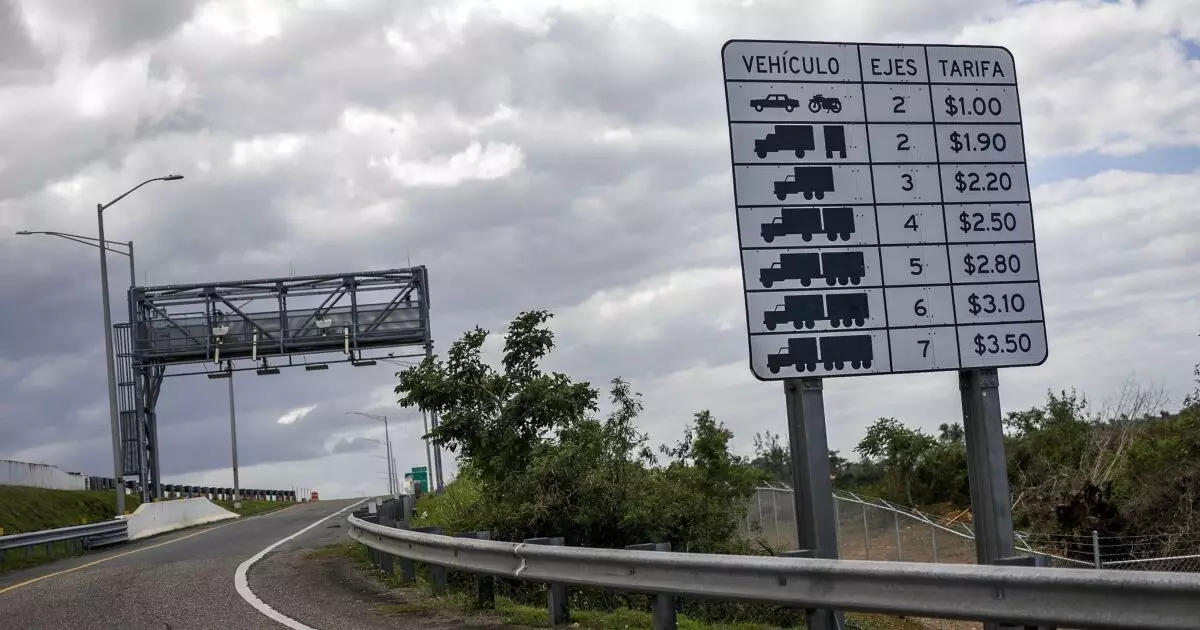Amidst the backdrop of Puerto Rico’s ongoing recovery from its well-documented financial turmoil, the role of public-private partnerships (P3s) has become increasingly pronounced. The recent move by the Wisconsin-based Public Finance Authority to issue $286.2 million in senior revenue bonds on behalf of Puerto Rico Tollroads, LLC marks a pivotal moment in the revitalization of the island’s vital toll roads. This affair not only signifies a recovery strategy but also underscores the potential of P3s in restructuring public infrastructure financing, particularly in a jurisdiction characterized by economic instability.
Research shows that the structure of this bond issuance employs a common yet effective model seen in U.S. transportation projects. By collating private activity bonds allocated through the U.S. Department of Transportation, Puerto Rico Tollroads, a subsidiary of Abertis Infraestructuras S.A., is positioned to leverage existing infrastructure to foster additional investment. The initial lease of four crucial highways—Puerto Rico-52/PR-18, PR-66, PR-53, and PR-20—from the Puerto Rico Highways and Transportation Authority (HTA) for a staggering $2.85 billion showcases an immediate strategy to extricate the territory from its prior bankruptcy state while addressing critical infrastructure deficits.
Fitch Ratings has assigned a BBB rating to the bonds with a stable outlook, illustrating a cautious optimism regarding the project’s creditworthiness despite Puerto Rico’s rocky financial landscape. According to Fitch, the robust transport network’s ability to manage commuter traffic, alongside a long concession life and a structured toll adjustment mechanism, helps mitigate potential political and operational risks.
Historically, the tolls collected from these highways have underpinned municipal revenue bonds issued by the HTA. The proactive measures undertaken now place toll revenues in direct service to future bond obligations, rather than merely servicing past debts. Such a transition underlines an essential shift in the financial architecture of Puerto Rico, redirecting resources toward necessary infrastructure enhancements rather than entrenching debt servicing on defaulted bonds.
Fitch highlights the resilience of the toll roads amid Puerto Rico’s demographic challenges and economic fluctuations, pointing towards a growing commuter base that continues to utilize these highways. However, this recovery is not devoid of challenges, as the potential for future re-gearing could introduce vulnerabilities into the financial structure. Analysts must closely monitor leverage metrics, currently projected in the 7X to 8X range, particularly as the looming $1.43 billion senior secured term loan is due for renewal in 2028.
Puerto Rico Tollroads has committed to capital improvements under its concession agreement—an essential aspect given the deteriorating condition of some infrastructure in the territory. Enhanced toll roads will not only improve commuter experiences but also encourage economic activities that contribute to a rebound in local markets. More significantly, these improvements aim to address long-neglected infrastructure that is critical for both everyday travel and economic development.
The forthcoming bond proceeds are expected to facilitate these enhancements, promising a multipronged impact on the local economy. As Metropistas Finance Director Esteban Vélez emphasizes, the issuance of these bonds underlines a strategic objective to align public and private resources effectively to mobilize funding for infrastructure that lays the groundwork for Puerto Rico’s economic rejuvenation.
The move by Puerto Rico Tollroads and the subsequent bond issuance represents a significant step toward navigating the complexities of infrastructure financing post-bankruptcy. This approach promises not only to revitalize essential transportation links but also repositions the territory’s financial framework towards sustainable fiscal management shaped through thoughtfully executed public-private partnerships.
Future analyses must gauge the balance between leverage and financial stability, keeping in consideration the ongoing economic conditions in Puerto Rico. With strategic management of revenues and a bent towards modernization, Puerto Rico’s infrastructure could well emerge as a success story amidst its challenging backdrop, provided the stakeholders remain vigilant and responsive to the dynamics of the bond market, debt service, and commuter needs.

